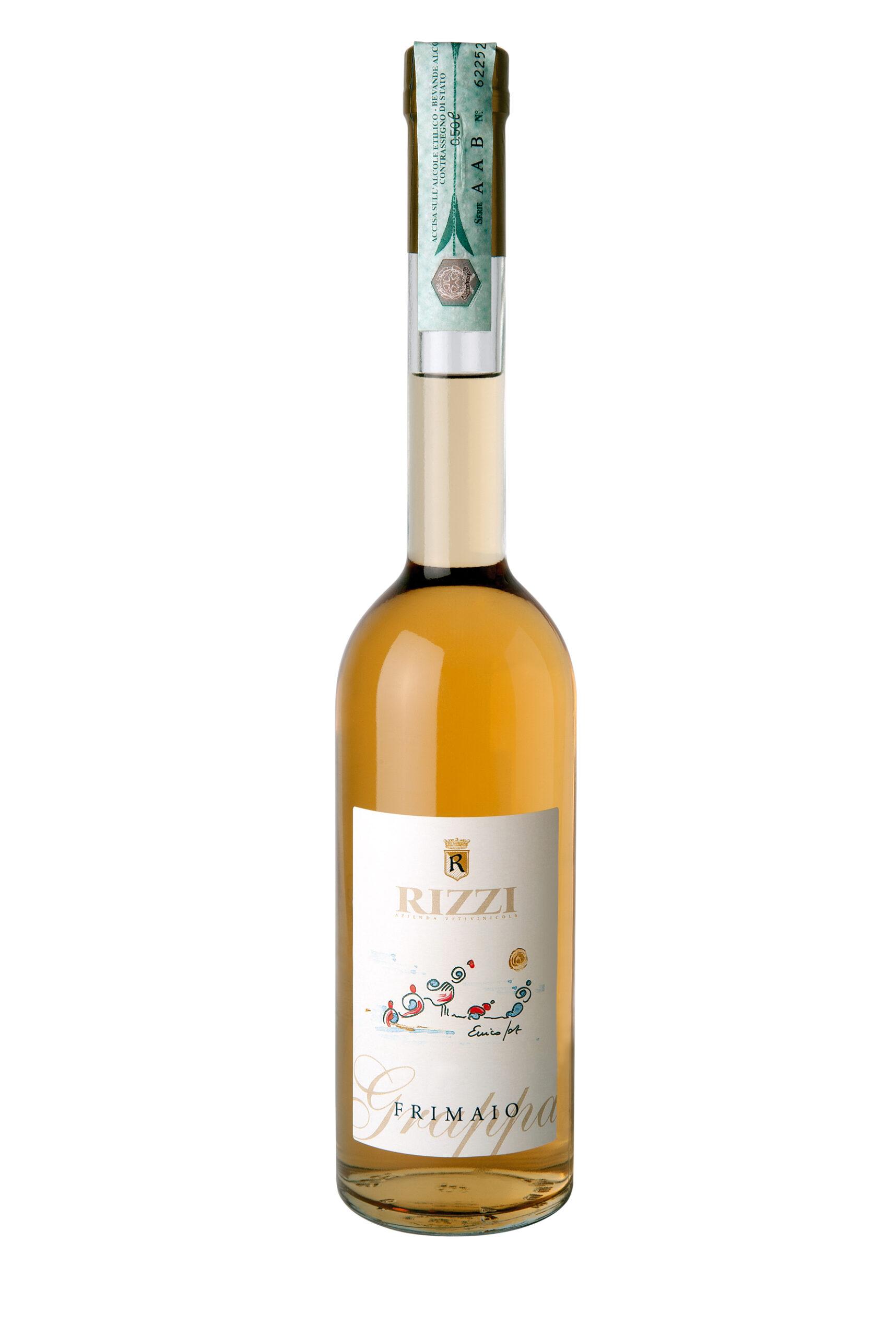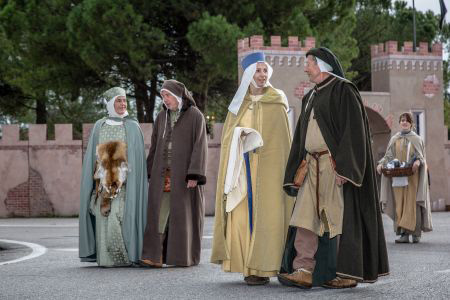While in the area of Barbaresco, the Publisher’s Tour visited Azienda Vitivinicola Rizzi in Treiso for a wine tasting of the outstanding wines of the area. The company was established in 1974 by Ernesto Dellapiana on his family’s 18th century estate. Having grown up with a passion for the land and wine-growing, in 1973, Ernesto had the means to leave the city to follow the great love of his life. Through the decades that followed, Ernesto dedicated himself to extending and improving the winery, both in terms of absolute quality, but also by expanding the number of bottles produced. At present, with its 90 acres, Rizzi has developed into one of the largest and most important wine estates in the Barbaresco area.
A few years ago, Ernesto passed the reins of the operation to his daughter, Jole and his son, Enrico, who now jointly manage the activities of the vineyard. Jole runs the business management part of the company. Enrico graduated with a degree in Enologia from the University of Turin. He deals with the agricultural aspects of the vineyard and the all-important wine cellar.
The Rizzi estate is made up of three large adjoining farms extending over 40 hectares in the towns of Treiso and Neive. Nebbiolo vines for Barbaresco wine are planted in 15 hectares, while the remaining 25 hectares grow Dolcetto, Barbera, Freisa, Moscato, Chardonnay and Pinot Nero vines.
The tour of the winery was conducted personally by Enrico Dellapiana, who gave the group a talk about the history of the land and different varieties that are produced. Although the area that produces Barbaresco is only a short distance from Barolo and each is rightly famous for its wine from the Nebbiolo grape, there are significant differences in the wines, both in price and in character.
The main difference in Barolo and Barbaresco lies in the soils. The soil in Barbaresco is richer in nutrients and because of this, the vines do not produce as much tannin as found in the wines of Barolo. Both wines smell of roses, perfume and cherry and both have a very long finish – the taste that stays on the palate after the wine has been swallowed. The length of the finish is the final indicator of the wine’s quality. Barolo wines must be aged longer than Barbaresco (due to its tannins). For Barolo, the minimum aging is three years, while it is five years for Barolo Riserva. In the case of Barbaresco, the minimum aging is two years and four years for Barbaresco Riserva.
The group couldn’t wait to try the wines. Even within the Barbaresco grouping there were three separate and distinctive characters. The first tasting was paired with lighter foods and was the Langhe Nebbiolo doc. This was referred to by Enrico as the Rizzi ‘Baby Barbaresco.’ The wine spends a full year in barrels, allowing it to pick up a hint of vanilla from the oak. Its deep color and fragrant nose were ideal to pair with a cold appetizer.
Next was the Barbaresco Rizzi docg. This complex and full-bodied wine spends its entire aging time in oak casks. It is known to age very well and is perfect with a hearty main course of beef and aged cheese. Undoubtedly, the star of the tasting was ‘Vigna Boito,’ the Barbaresco Rizzi Riserva docg. The grapes for this variety are very specifically located, with the ideal microclimate and soil composition to allow the grapes to produce a wine that reaches maturity over a longer time. The nose is a glorious blend of fragrances – dried flowers, cherry and a hint of vanilla are all present. The finish is particularly long lasting and satisfying. This is a powerful wine. So much pride is taken in the vintage that Enrico personally hand paints each label. All of the members of the Publisher’s Tour extend their thanks to both Enrico and Jole for a wonderful experience and a delightful afternoon.





